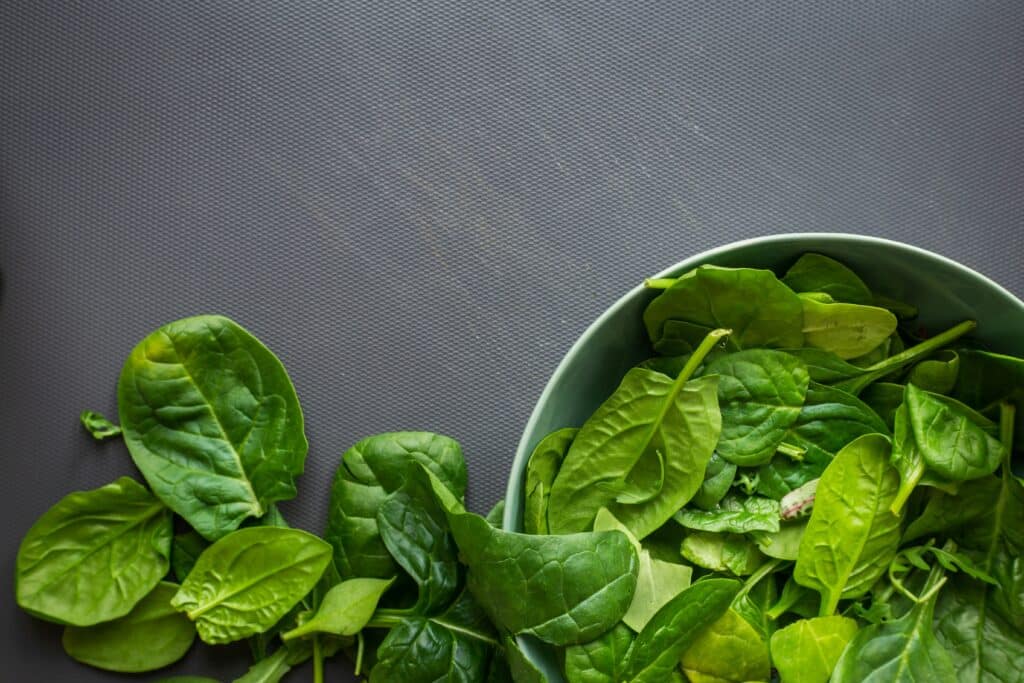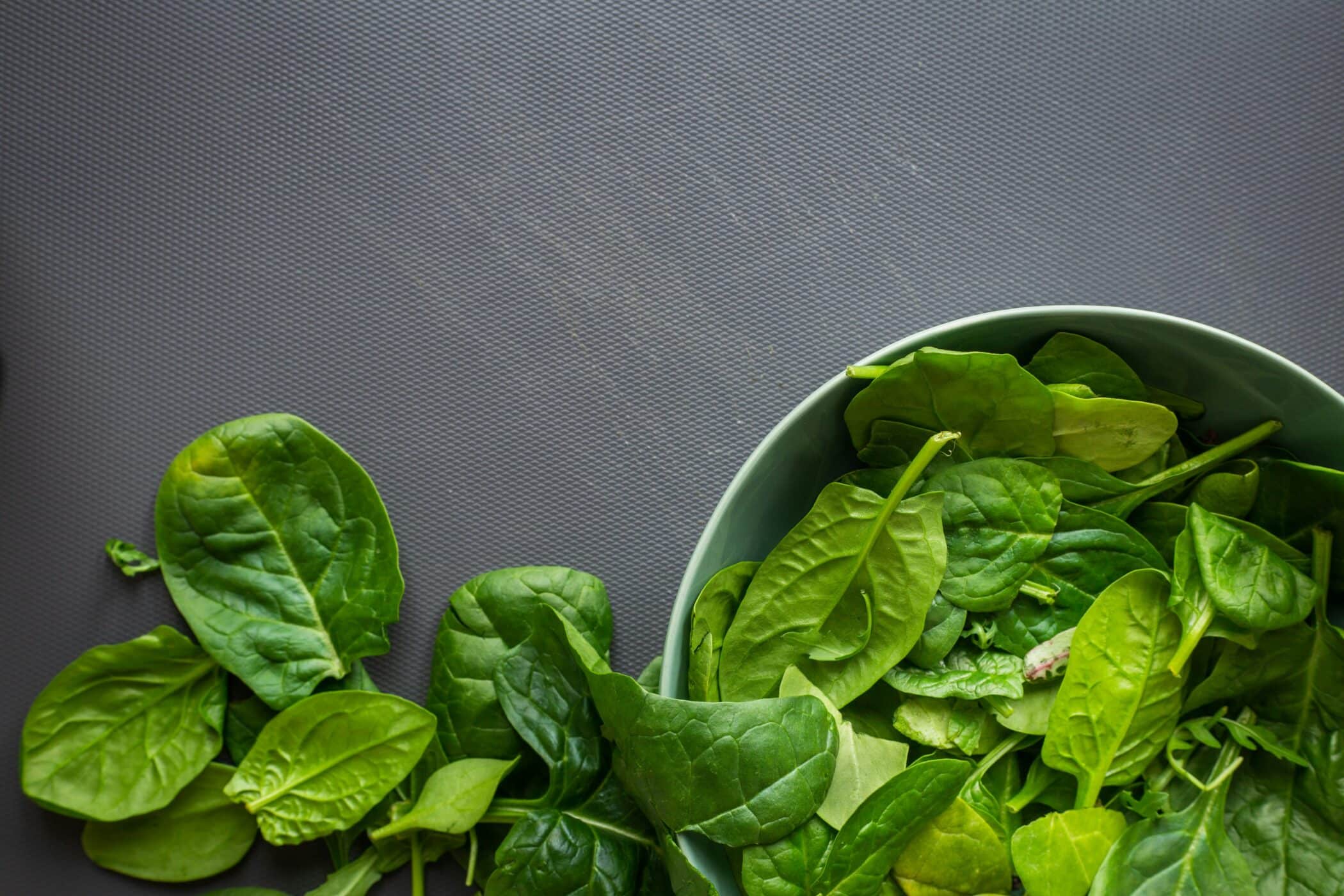
What exactly does a “plant-based diet” entail? Is it comparable to a vegetarian or vegan diet? Or is the only rule for this diet that you strive to eat more vegetables at each meal? Weight loss meals can be comprised only of vegetables and still get you to your goal.
Cutting out meat and dairy might be difficult. Especially if you don’t feel very comfortable in the kitchen. But you don’t have to give up your favorite meals; you simply need to make some adjustments. There are many choices that can be helpful. Additionally, you can spend money on one of the top vegan protein powders. This way, you can be sure you’ll still be getting the protein you need. Preparing healthy meals is important, your body will thank you.
There are several ways to enhance your fruit and vegetable intake. From shrewd supermarket shopping to recognizing your plant-based protein sources. Without making it seem like a huge chore.
Table of Contents
Plant-based diet: what is it?
Because there isn’t a single, “final” definition for a plant-based diet, it is a double meaning. For the sake of this strategy, plant-based means vegetarian. Thus, dairy and eggs are included instead of meat. Others may define a plant-based diet as being vegan. Regardless of what it means to you, it’s always a good idea to eat more veggies, fruits, whole grains, and legumes. They are high in fiber, a crucial nutrient that 95% of us don’t get enough of.
Benefits of a plant-based diet
More fiber:
Fiber aids in the regulation of our digestive system and the prevention of sickness. Consuming more fiber is associated with many health benefits. Including better body weight, and a lower risk of type 2 diabetes and heart disease.
Decreased chance of chronic illnesses:
Those who focus on a plant-based diet have a lower risk of developing diabetes, and heart disease. And even some types of cancer. In large part, because they consume more fiber.
Loss of weight:
Studies show that those who consume a plant-based diet have smaller waists and lower body fat percentages. Furthermore, eating a diet high in fiber will keep you fuller longer. Allowing you to lose weight and still feel pleased.
Types of plant-based diets
Consider the term “plant-based” to be a wide category. That includes other, more specialized diets. For instance, the Mediterranean diet is a type of plant-based diet. Despite it includes fish and fowl, it places a focus on plant-based meals.
Making plant-based cuisine the focal point of your meals is the aim. An emphasis of a plant-based diet is on things like fruits, vegetables, and beans. Depending on how stringent you wish to be, you can then impose more limitations. It can fully stop serving animal products or only restrict consumption. That is up to you. Meat and fish are not always forbidden. You can cut back on how often you consume certain meals.
How can you consume plant-based meals and lose weight?
We do not advise rapid weight loss. Therefore, neither our weight nor BMI are accurate indicators of our health. For all these reasons, we choose to pay attention to our health and how we feel rather than the numbers on a scale. Yet, several strategies can support those who want to lose weight.
Calorie density: A topic to understand
Calorie density is a measurement of how many calories there are in a pound of food. If you want to lose weight in a healthy and lasting way, you can use this to help you make eating decisions. The amount of calories in a pound of vegetables is lower than that of a pound of meat, cheese, or oil.
Eliminating extra oil
Of all foods, oil has the highest calorie density. We may want to think about other ways to make dinner. Because adding oil to a dish always increases the calorie density. For instance, you can think about baking potatoes rather than roasting them. Maybe a touch of lemon would work in salads instead of an oil-based dressing.
Managing the starch content
Foods high in starch are not all made equal. Most of the nutrients included in refined carbs are removed. Avoiding white flour goods made from whole grains will be beneficial to our health. This refers to products such as bread, pastries, pretzels, and pasta.
Eat more foods high in fiber
Fiber is excellent for our digestion. Unrefined carbs often include large amounts of fiber. A lower risk of colon cancer, type 2 diabetes, heart disease, and stroke is also linked to it. In turn, fiber lessens snacking by making us feel filled for longer.
Avoid sugary drinks
Fruit juices, sodas, beers, and wines all have a lot of calories without doing anything for our diets. You could discover that water flavorings like a piece of cucumber, lemon, or lime can be wonderful. And cooling too.
Vegan convenience food alternatives
Even though they are vegan, donuts and fries are not nutritious, therefore we don’t need an expert to tell us that. Our bodies will appreciate it if we can cut back on our consumption of these items.
Exercising
Exercise is one activity that can aid with weight loss. Now, many of us equate exercise with punishment, discomfort, boredom, or even bullying. Thus it makes sense that we are hesitant to return to it. But put aside such outdated notions about fitness. Instead, focus on whatever activity makes you happy.
Plant-based ideas for breakfast
Day 1: Peanut butter and banana on whole grain bread. This meal provides protein and healthy fats from peanut butter and carbohydrates.
Day 2: Chia pudding. Chia seeds are a fantastic source of plant-based protein and healthy fats. We can create this with vegan milk substitutes. Any more fruits will serve as a fiber supply.
Day 3: Tofu scramble and whole-grain bread with mushrooms. Tofu is a great source of protein. By combining it with toast and mushrooms, you may get a lot of nutrients to start the day.
Day 4: Mango smoothie with coconut milk, yogurt and oats. Increase the filling factor of this fruit smoothie by using a tbsp’s worth of oats.
Day 5: Strawberries and almond butter on whole-grain toast. The almond butter provides healthy fats, and the strawberries add fiber and antioxidant power.
Day 6: Greek yogurt with chia seeds, berries, and oats. Both yogurt and chia seeds are excellent sources of protein.
Day 7: Peach slices and a dab of almond butter on top of quinoa porridge. Like chia seeds, quinoa is a great source of protein and is a great choice for a plant-based diet menu.
Plant-based ideas for lunch
Day 1: A spinach salad with cannellini beans, cheese made from plants, and extra protein from the beans. The beans also contain some high-fiber carbs. A variety of vitamins and minerals are also added by spinach, which also boosts fiber intake.
Day 2: Sandwich made with mashed chickpeas, cucumber, rocket, and vegan yogurt delivers protein, carbs, and fiber. To round up this quick lunch option, use some whole grain bread for an increase in fiber and a salad for the micronutrients.
Day 3: To give protein and healthy fats from the avocado, combine tuna with ripe avocado in rye crispbreads. This 10-minute lunch concept combines plant-based tuna, avocado, and cherry tomato. Add some cherry tomatoes on top and pile these ingredients onto whole grain or rye crackers. If you want an added source of nutrients and fiber, serve it with a side salad.
Day 4: Roasted vegetable salad with rocket, hummus, and spicy chickpeas. Start with the rocket as a base, then top with the roasted veggies and chickpeas. To add some healthy fats, drizzle some hummus.
Day 5: Smashed chickpea, tomato, and rocket pitta bread – the same as your day two meal. Serve it on pita bread, a sprinkle of chopped walnuts, and either a squeeze of lemon or a dollop of hummus.
Day 6: Plant-based mouse ragu and jacket potato. Create a standard ragu and include a variety of veggies. Peas, corn, and carrots, as well as a plant-based mince alternative as the protein component.
Day 7: Prepare chickpea patties by mixing breadcrumbs, nutritional yeast, and mashed chickpeas. Add shredded carrot and olive oil to the mixture. Serve fried foods in pita bread or with a simple salad after frying them in a skillet.
Plant-based ideas for dinner
Day 1: Wholegrain with a vegan cheese replacement or plant-based “mince” ragu. Serve with wholegrain pasta for a high-fiber carbohydrate option.
Day 2: Vegetable fried rice and tofu. A fantastic source of high-quality vegan protein that tastes wonderful in stir-fries and fried rice is tofu. You can add frozen veggies to make this a quick weekday meal. For more fiber, eat this with brown rice.
Day 3: Burgers made of black beans served with sweet potato fries and salad. Plant-based burgers are a good source of protein and fiber, and they also freeze well. For a boost of fiber and nutrients, serve this with some homemade sweet potato fries.
Day 4: Potatoes in a wrap with spicy chickpeas. By using hot tomato sauce as the base for your chickpeas, you’ll get the daily protein that you need. While potatoes will provide you with a daily dose of carbohydrates.
Day 5: Lentil lasagne. You can replace the ground meat in lasagna with lentils and top it with whole-grain lasagna sheets. You can make this with a white sauce made from vegetable butter and vegan cheese.
Day 6: Tofu, sweet potato, and spinach curry, where tofu serves as the main protein ingredient. To consume extra complex carbohydrates, serve this curry with brown rice.
Day 7: Serve veggie kebabs with whole grain pita bread, sweet potato fries, and a side of crispy chickpeas. This recipe calls for courgettes, aubergines, and tomatoes.
Conclusion
You might have eaten every meal and snack as you went along, or you might have used it as an example of how to eat vegan. However, we hope that you enjoyed, learned from, and found this plan to be intriguing. It’s healthy to lose weight and keep it off by following a plant-based diet meal plan.

